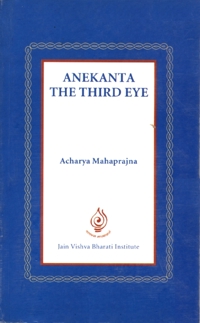
It is natural to have contradictions. The existence of opposing pairs is intrinsic to nature. Their coexistence is also intrinsic to nature, it is natural. Nobody laid this norm, it is self-created. No great man, sage or seer makes norms. He gives explanations for the norms. He uncovers the secrets embedded in the norms. Nobody can create norms for nature. Man can lay down the rules of conduct, rules for eating habits, but however powerful or wise he may be, he cannot create the rules of nature. Nature's norms are natural, distinguishing.
The rule of co-existence is also distinguishing. This dualistic world and the co-existence of opposites are nature's laws. Even the simultaneous presence of opposing beliefs, their co-existence is nature's law. The first ever explanation of this rule was done by anekanta. If Indian, as well as other philosophies of the world were to be ranked historically in order of their explanation of co-existence, anekanta would take the first place. The basis of anekanta itself was formed by the observation that the nature of matter itself is such that opposing forces reside within it. How, then can we look at matter from a single dimensional viewpoint? From one single viewpoint how can we explain life or truth? It is then easily derived that in accordance with the nature of matter or truth, we too look at it from different perspectives. That we should look at truth from different perspectives. When the nature of matter itself is like that then how can we change it? In nature there is no reason. Reason is used in man-made situations. In the field of intrinsic nature, reason can play no role.
When man is able to understand co-existence, when it becomes easy to explain life and truth, then life and truth are given one single language. The desire to erase opposition comes to an end.
 Acharya Mahaprajna
Acharya Mahaprajna
